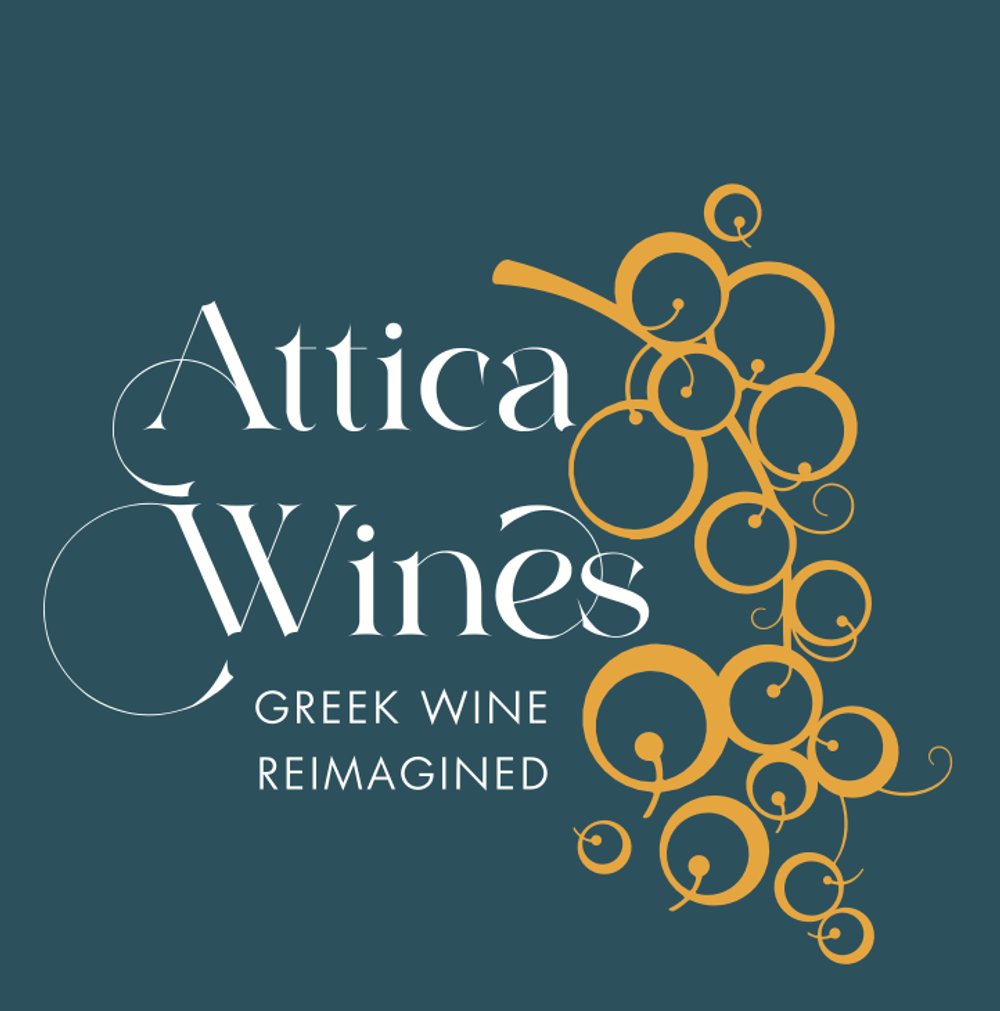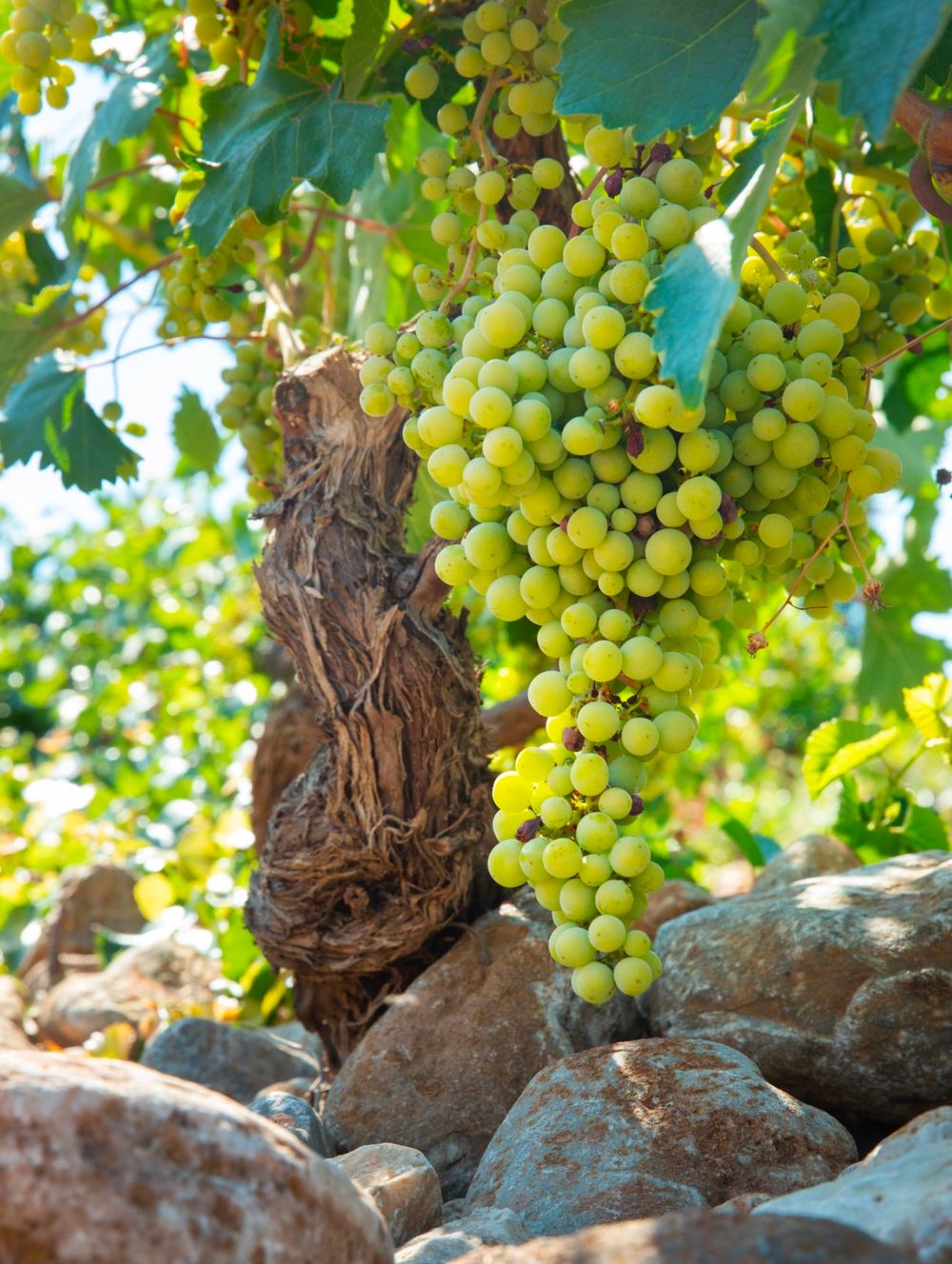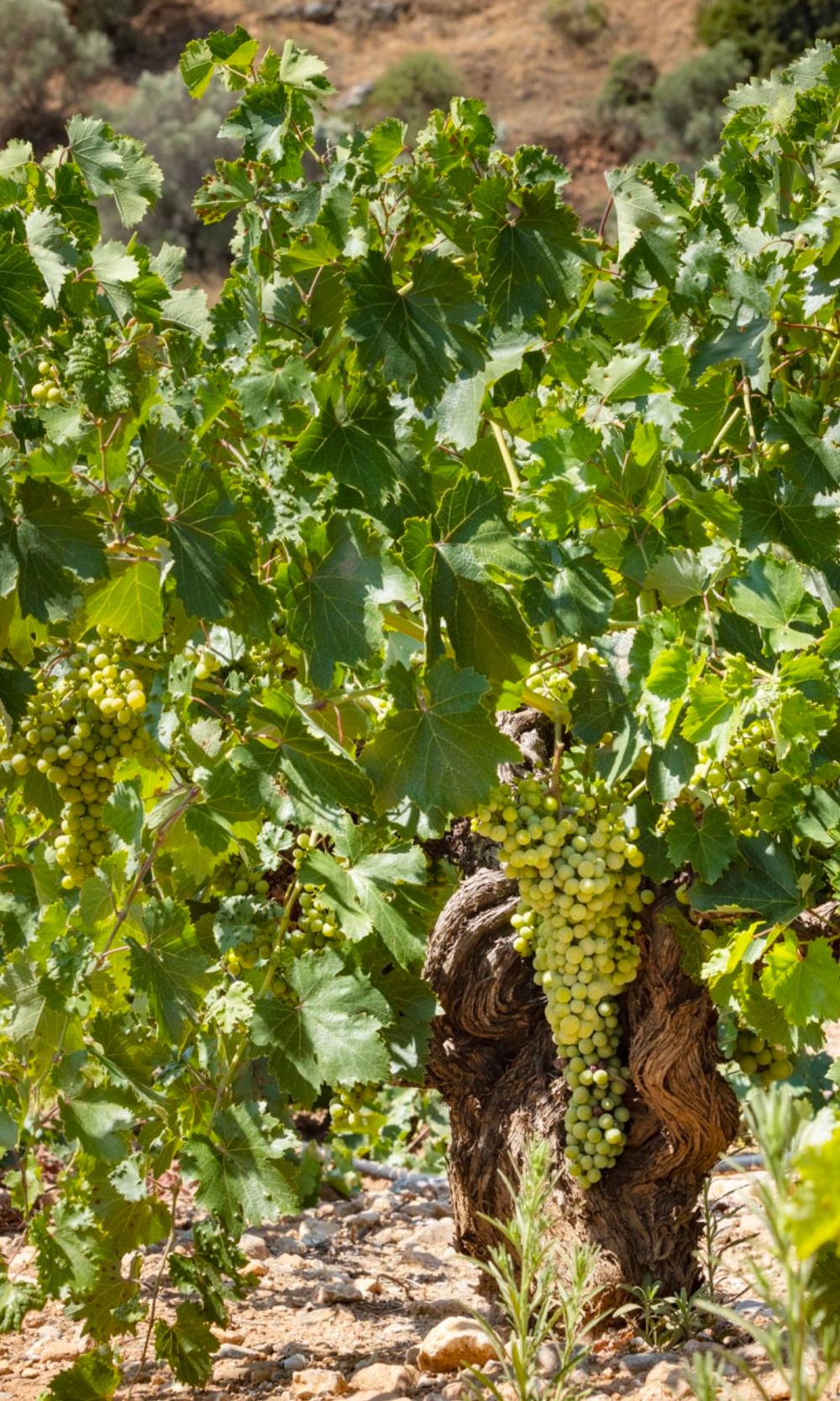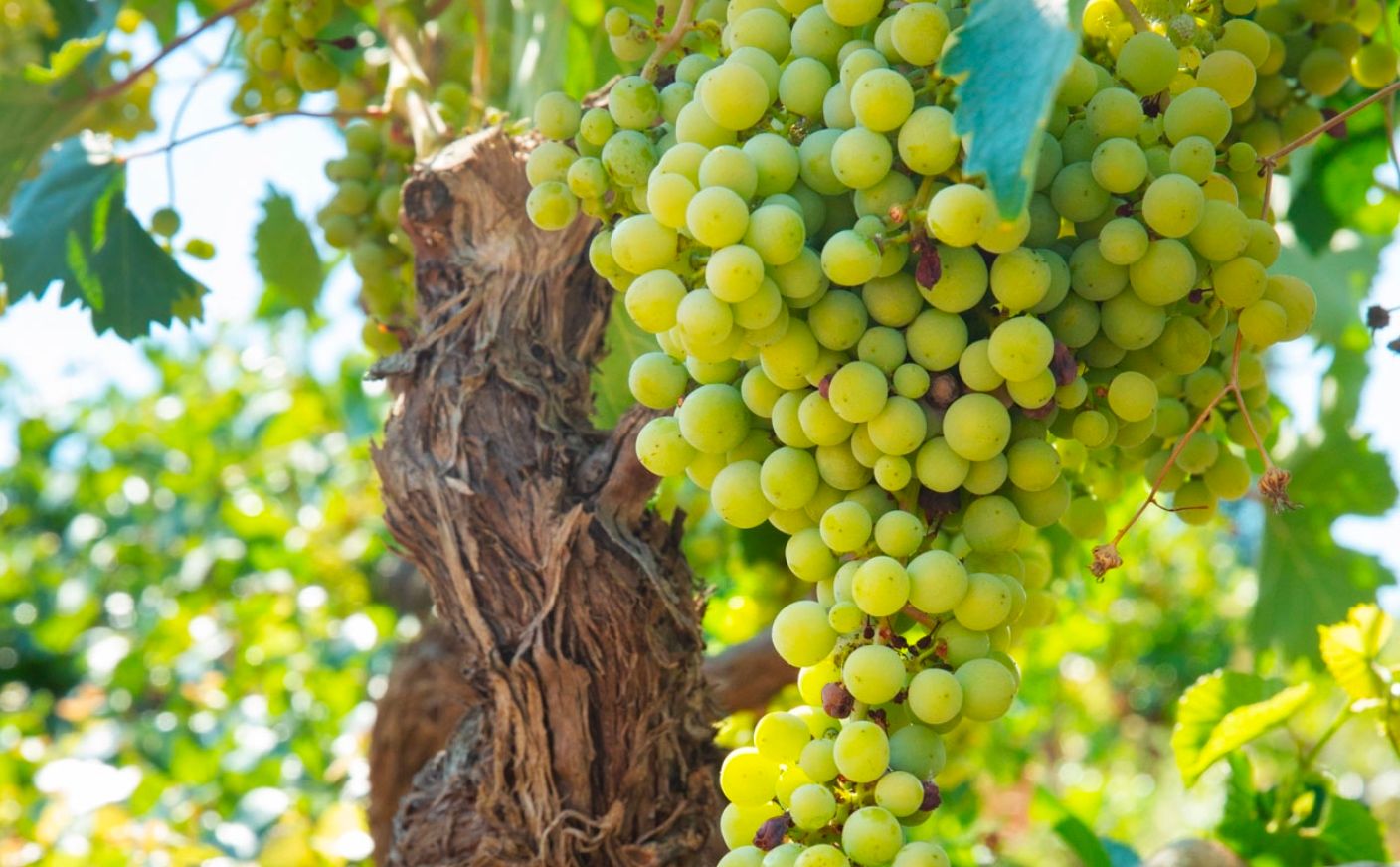Attica’s new generation of winemakers and winemaking are driven by the unique make up of its separate PGIs. Here we assess what the different PGIs are the role they play as part of a special Attica series.

Vinification
The full development of Savatiano’s quality potential, the diversity of available terroirs, the “transformation” of Retsina, as well as the increasing number of dynamic Attica wineries, are driving the current renewal of the vineyards of the area. The new generation of winemakers are producing a fascinating array of styles, based on the native Savatiano and other indigenous varieties, as well as international grapes.
It’s a fascinating blend of both tradition and innovation. Attica has created a new identity in the international wine world and is known throughout Greece for their new styles and reasonable pricing. Motivated producers are perfecting their styles and are keen to push the boundaries even further. They are pioneering modern viticulture using different techniques, vinifying in alternative vessels, all while maintaining a hold on long-standing traditions. This powerhouse of winemaking talent has produced an inspiring range of new styles: Pet-Nats, use of Lees treatments, and low-intervention sulfite-free wines, are just a few examples of the continuous research taking place in the winery.

Here we look at the different PGIs that determine the styles of wine that are made in Attica.
PGI Attiki (ΠΓΕ Αττική)
PGI Attiki has undergone substantial growth during the last couple of decades and is considered one of the preeminent wine regions of Greece. There have been many changes taking place both in the vineyards and the wineries, all with the goal of producing wines that clearly speak of their origins. Savatiano is the key grape variety here, followed by a number of other exciting grapes responsible for the modern, expressive wines being produced. In just a 30-minute drive from downtown Athens, you will be amazed to find well preserved, old bush vines found throughout this historic region. These old Savatiano vines are prized, not only for their ability to produce excellent wines, but for the deep viticultural traditions they represent.
PGI Markopoulo (ΠΓΕ Μαρκόπουλο)
PGI Markopoulo is located in the eastern part of the Attica prefecture and includes the municipality of Markopoulo. The region is just a few kilometers from the center of Athens and is home to a number of excellent varietal Savatiano wines. Grapes are sourced from dry, manually farmed, often old bush vines that produce wines with good structure, depth of fruit, mineral elements and long aging potential.

PGI Slopes of Kithaironas (Ore Mayıés Kiaipáva)
PGI Slopes of Kithaironas is comprised of parts of two districts. One of them is located on the western part of Attica and includes the area of Erythres, while the other is actually located in the Boeotia prefecture and includes the area of Plataies. It is an up-coming viticultural zone where both native and international varieties have adapted well to the local terroir.
PGI Retsina of Attiki (ΠΓΕ Ρετσίνα Αττικής)
PGI Retsina of Attiki are inextricably linked to the wine tradition of Greece. The modern Retsinas, having left behind the poor quality of the past, have made a new start with their superior quality and uniqueness of character. The best wines score high in international competitions and have impressed even the most discriminating of wine critics. Savatiano is synonymous with Retsina, producing the most representative wines of this traditional style. Producers also experimenting with different grape varieties, such as Assyrtiko, however these wines are not allowed to bear the PGI designation on the label, reserved only for Savatiano and Roditis.

































